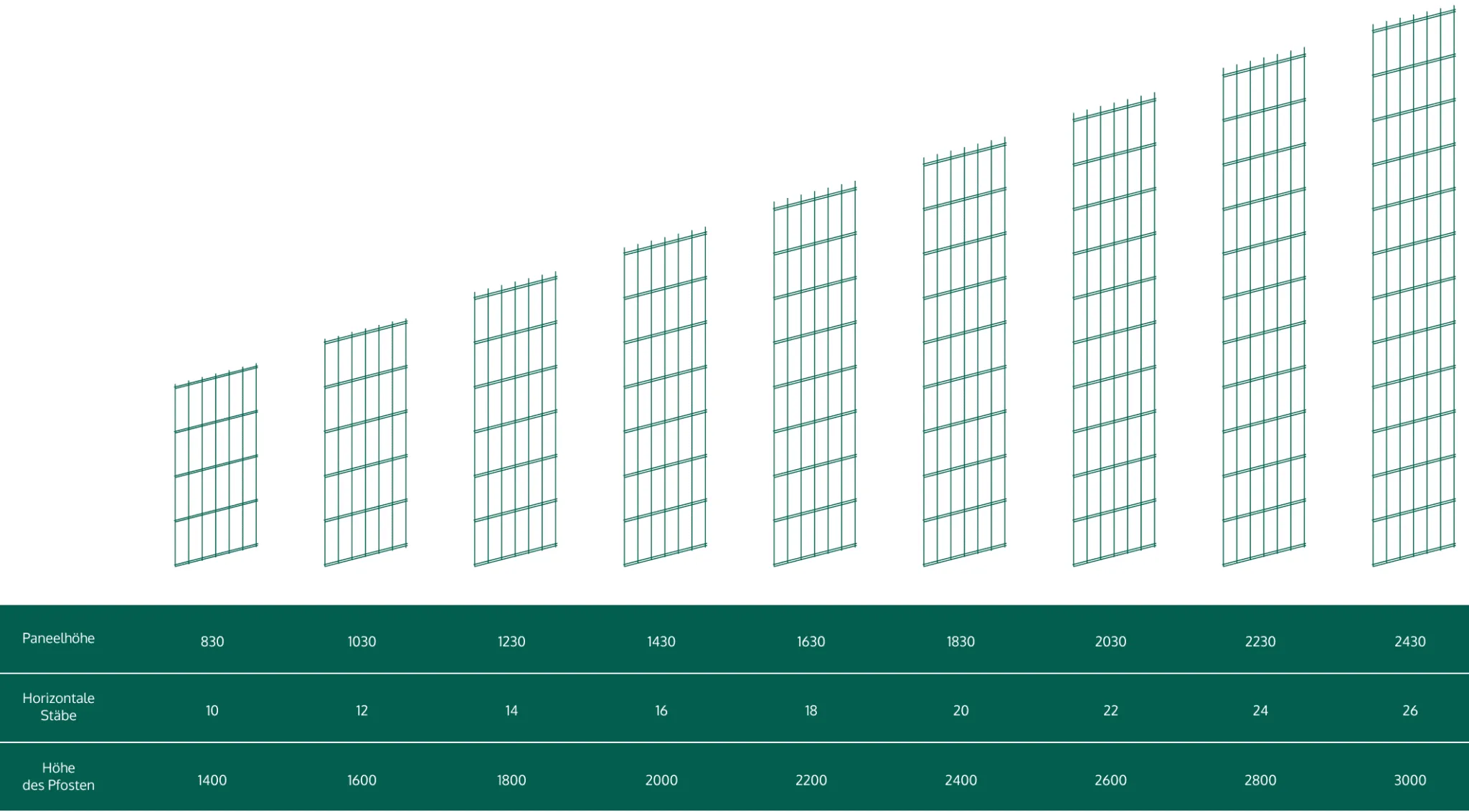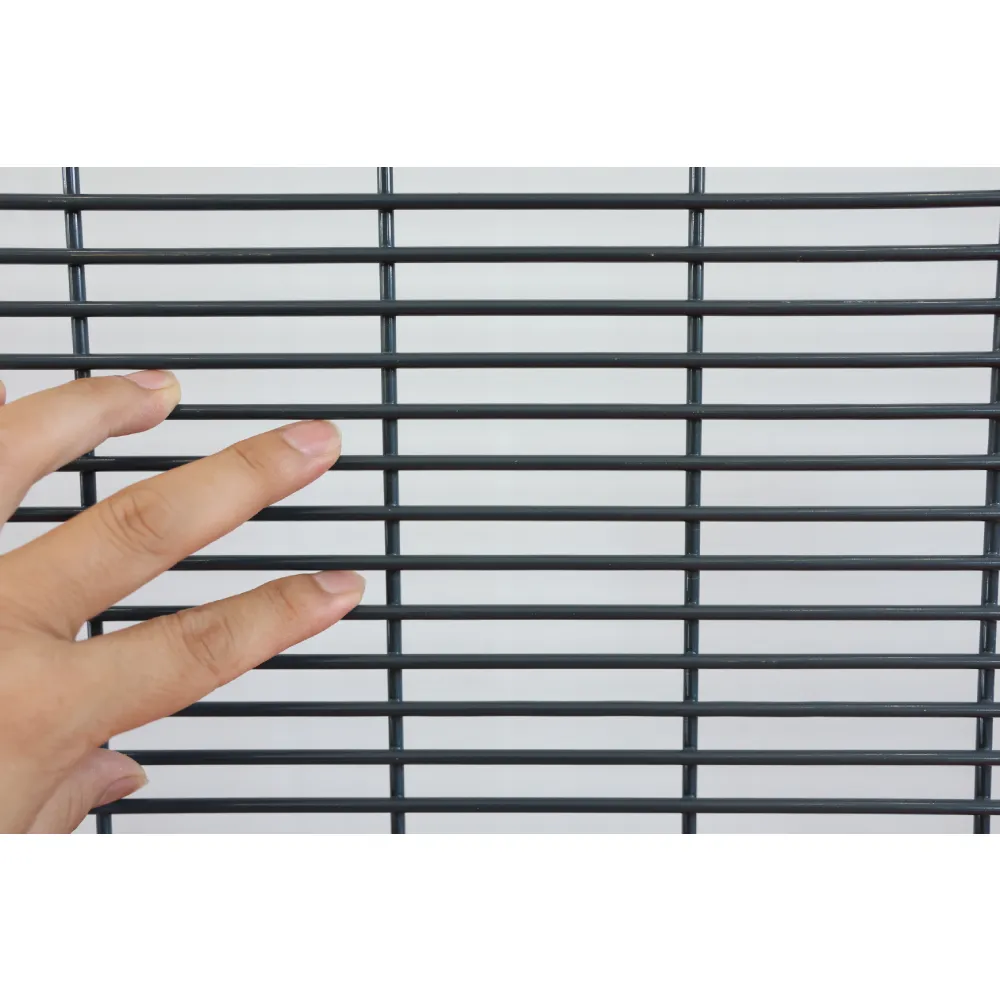Navigating the landscape of construction materials, especially when it comes to galvanized metal lath, requires a discerning understanding of both the product's capabilities and its applications. Galvanized metal lath serves a pivotal role in various construction initiatives, providing reinforcement and enhancing the longevity of building structures. This article delves into the nuances of galvanized metal lath, emphasizing its benefits, applications, and considerations essential for both professionals and DIY enthusiasts.

Galvanized metal lath is a foundational component in plaster and stucco applications, revered for its ability to bolster mortar adhesion and structural integrity. Its manufacturing process involves coating the base metal with zinc, a method that significantly enhances its resistance to corrosive environments. This quality is particularly crucial in construction scenarios where moisture exposure is a concern, as it ensures the longevity and durability of the finished structure. Experts in the field consistently advocate for galvanization because of the balance it provides between cost-effectiveness and long-term performance.
In practice,
galvanized metal lath finds its forte in both interior and exterior applications. Within interior environments, it is frequently employed in the fabrication of partition walls and ceilings, where it acts as an ideal substrate for plaster. This application is especially valuable in creating complex architectural designs that require both aesthetic finesse and structural stability. The texture of the lath provides an optimal surface for the plaster to grip, ensuring a seamless, crack-resistant finish that endures over time.

Externally, its use in stucco systems is unparalleled. Galvanized metal lath functions as a reliable base that holds the weight of the stucco layers, preventing sagging and maintaining wall integrity over large surfaces. Its robustness makes it suitable for diverse climatic conditions, from heavy rains to sizzling heat, preventing the deterioration commonly seen in lesser-quality materials. For projects aiming to achieve a particular aesthetic, whether rustic or modernist, the adaptability of galvanized metal lath shines through, as it can be shaped and molded to suit various design visions.
galvanised metal lath
When considering the installation of galvanized metal lath, expertise and precision are paramount. The lath must be properly secured and overlapped to avert any weaknesses in the construction. Professional installers often emphasize the importance of using the right fasteners and adhering to industry standards to maximize the benefits of its application. Failure to do so can compromise the structure's integrity, leading to costly repairs and diminished trust in the material’s capability.
In addition to its practical attributes, galvanized metal lath aligns with sustainable building practices. The long lifespan of structures utilizing this material translates to fewer resources expended on repairs and replacements, contributing to reduced environmental impact. For builders and architects committed to green construction, particularly those seeking LEED certification or similar accolades, this product represents a strategic choice that underscores a commitment to sustainability without sacrificing performance.
Testimonials from construction projects worldwide attest to the reliability of galvanized metal lath. Industry leaders consistently cite its contribution to robust building frameworks and finished projects that stand the test of time. For those entering the realm of construction or renovation, leveraging the insights from experienced professionals can ensure the employment of galvanized metal lath is both efficient and effective.
In summary, galvanized metal lath is not just another construction material; it’s a testament to the marriage of tradition with modern innovation. It commands a strong respect among industry professionals for its contribution to safe, durable, and aesthetically pleasing constructions. By understanding its intricacies and leveraging its strengths, builders can ensure that each project not only meets but exceeds expectations in quality and endurance.
























